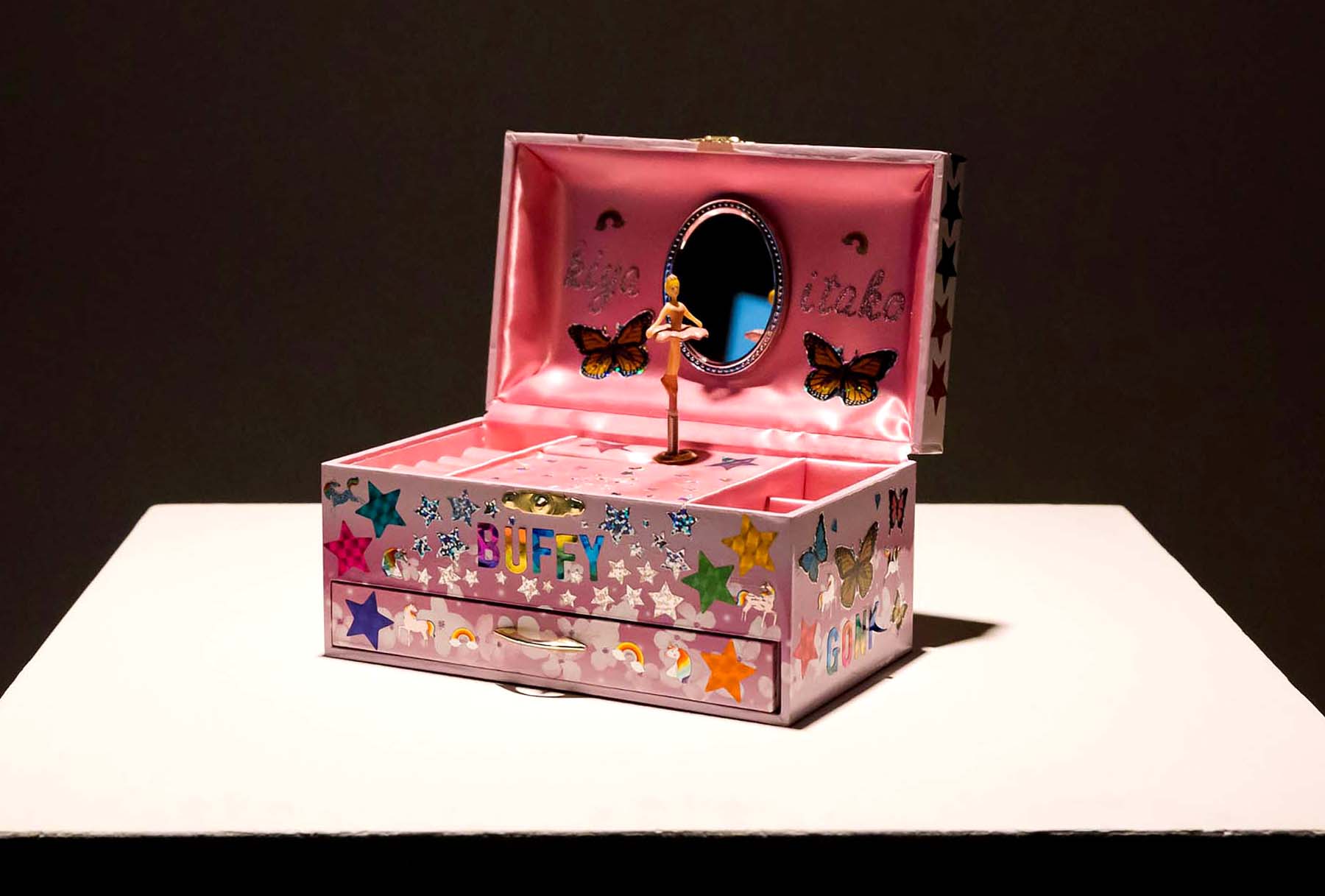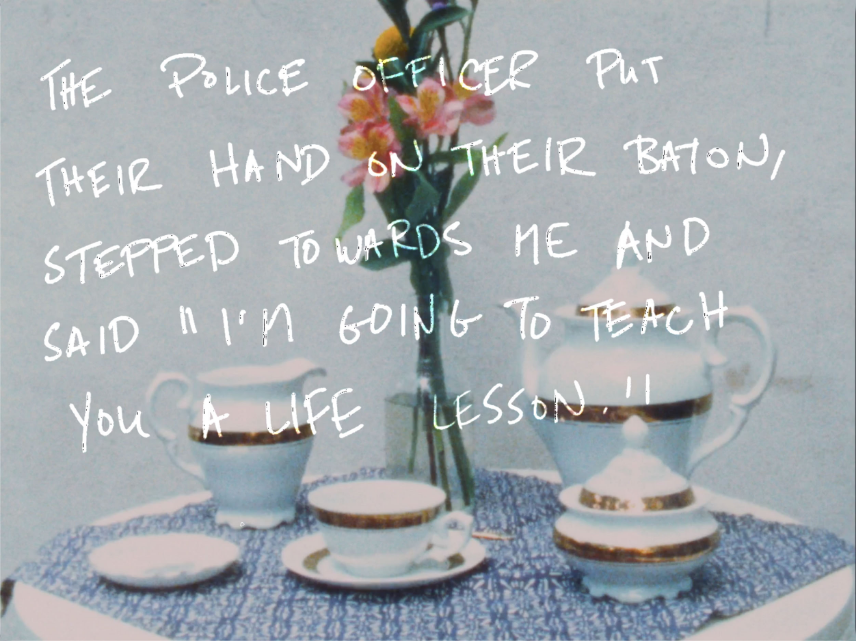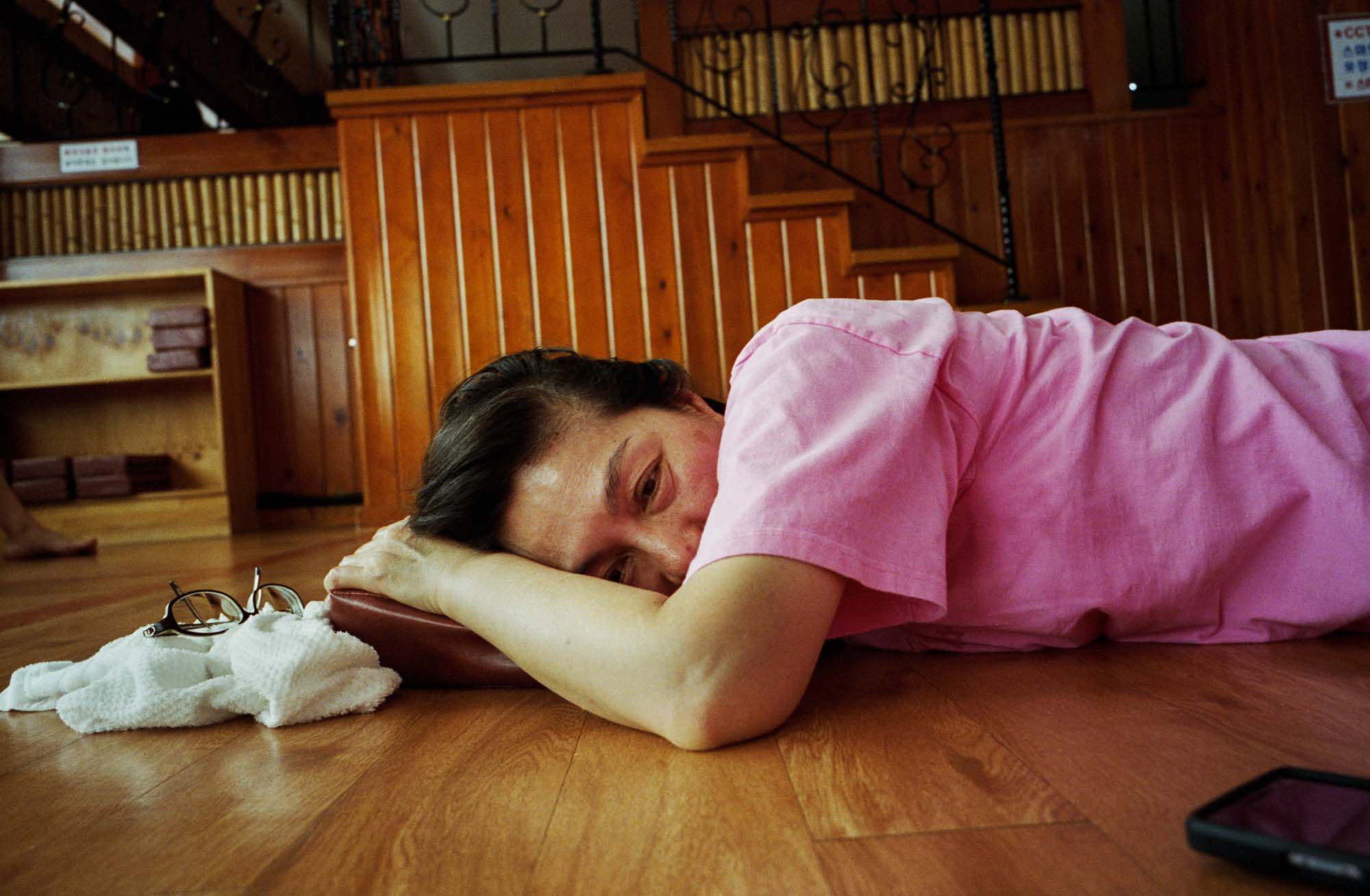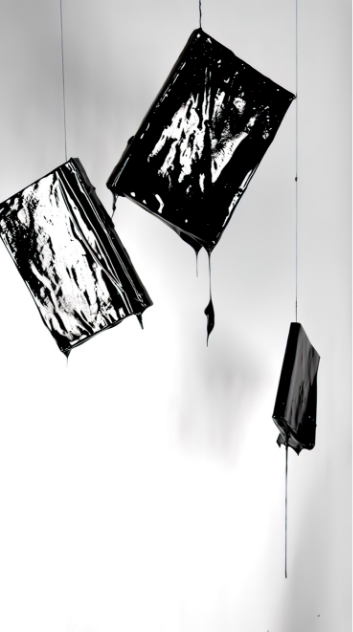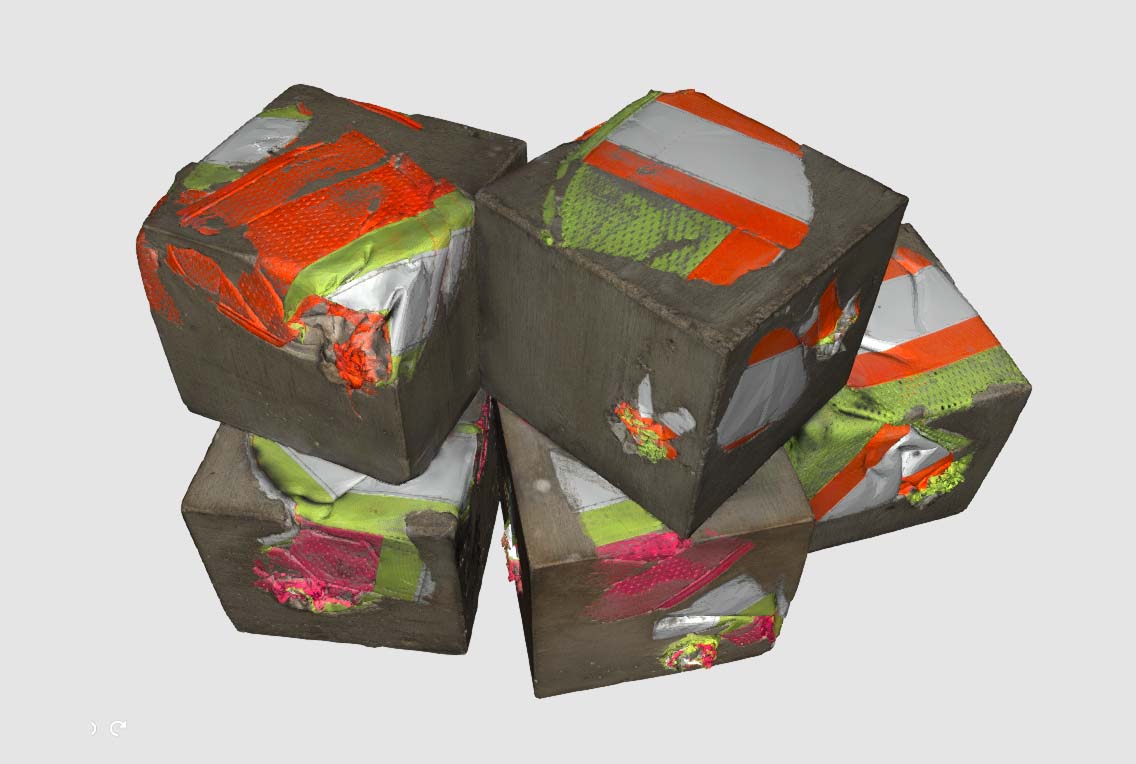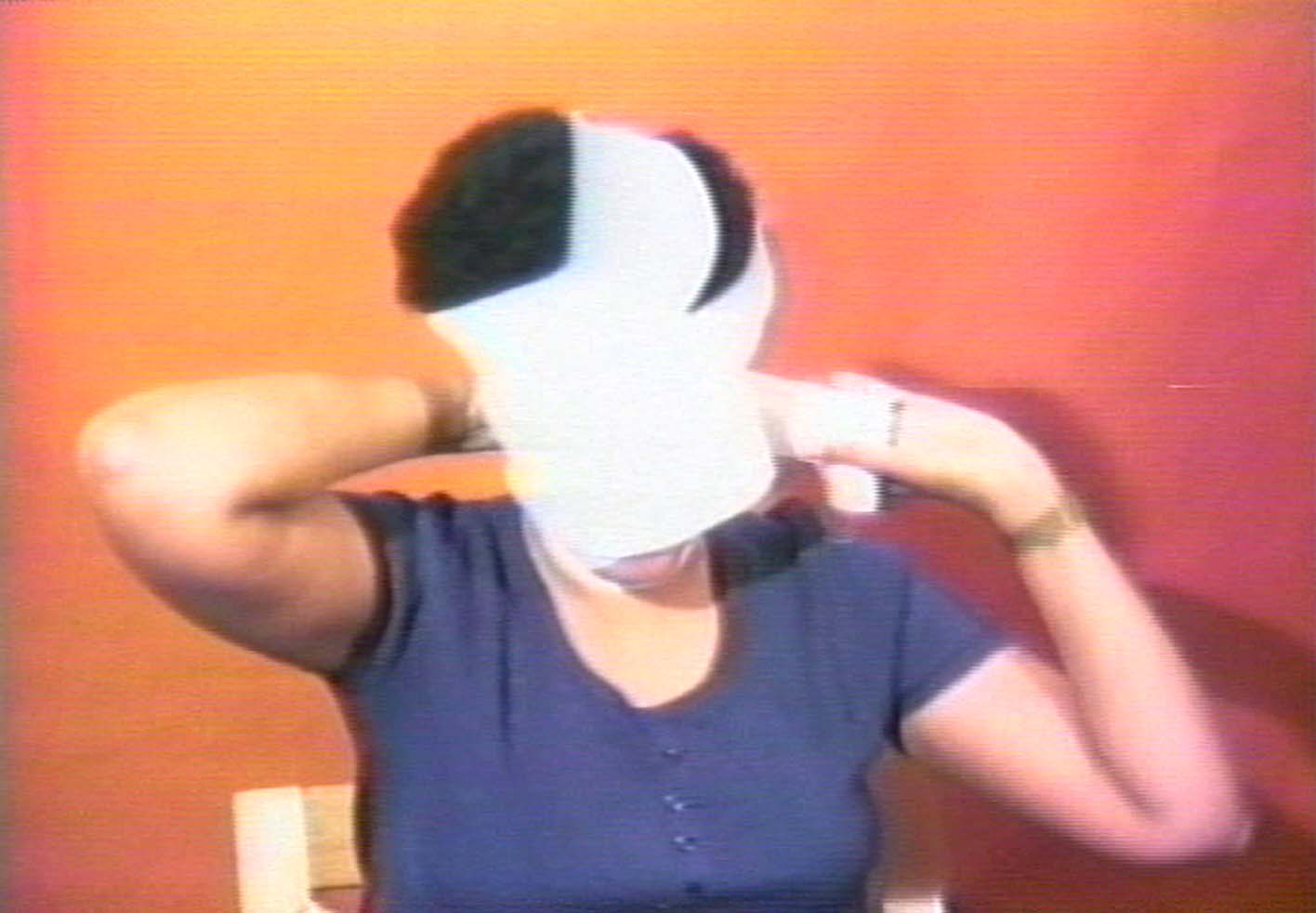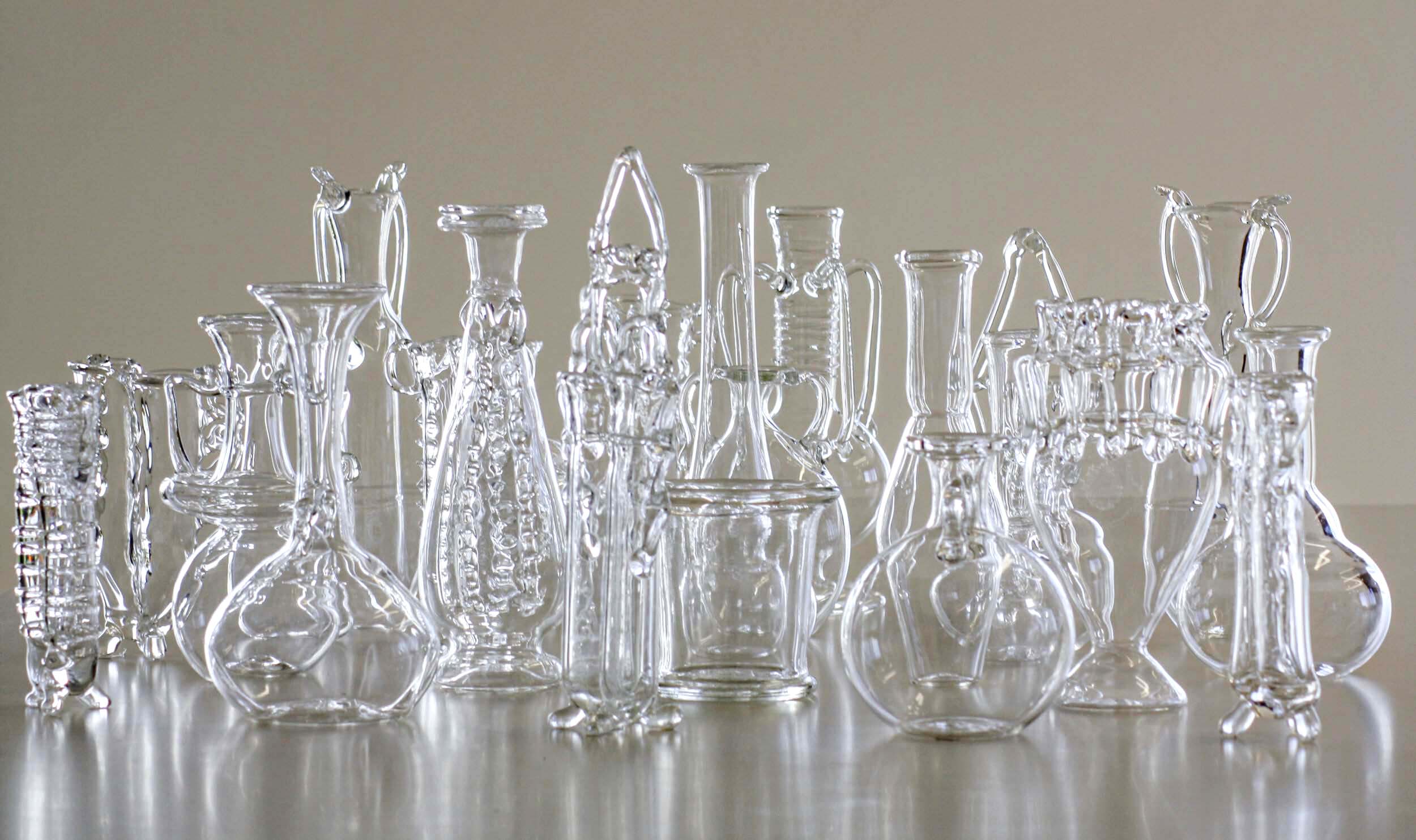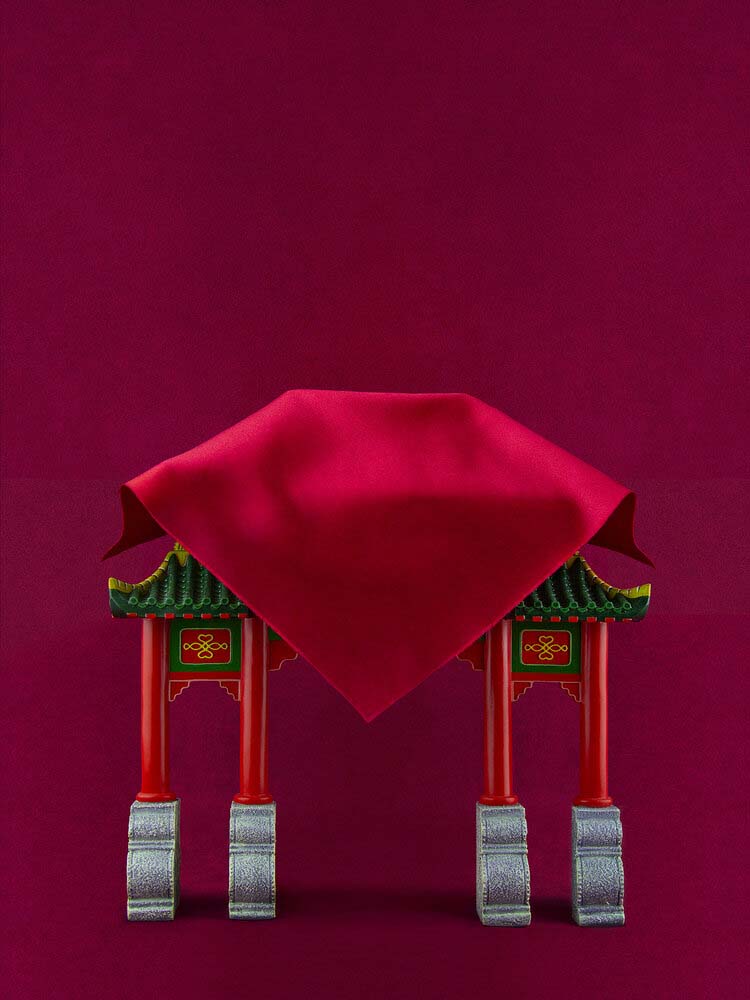Artist
Sebastia, 2020 / Film
DIMA
SROUJI
Dima Srouji’s Sebastia documents the ongoing tension in Nablus, Palestine, an archeological town surrounded by confiscated agricultural fields of olive groves and apricot trees and the Israeli settler colony of Shavei Shomron. This ancient site bore multiple excavations over the last century by colonial archaeologists funded by Zionist individuals and institutions. In the first excavation of 1908, led by Harvard University, Sebastia locals laboured in the name of biblical archaeology. Each excavation extracted soil and artifacts from the ground, taking only the artifacts of value to home institutions while leaving pottery shards and rubble on the surface. Sebastia reveals the resilience of the local community even as the remains of nearby archeological monuments continue to be contested by the Israeli military.
Sebastia
Sebastia, 2020 / Film
Dima Srouji’s Ghosts are replicas of displaced archaeological glass artifacts from Greater Syria currently stored or displayed at the Victoria & Albert Museum in London. The vessels were created in collaboration with professional forgers and glassblowers, who produce forgeries for the black and antiquities markets in Palestine. By bringing this craftsmanship to an exhibition space, Srouji blurs the boundaries around how we attribute value to museum objects. The vessels are toilet flasks, historically used by women for rituals of cleansing and healing. Placed within a grid of gravel as if they were just excavated, this work pays homage to the Palestinian women, who laboured in the physical acts of digging artifacts for western institutions.
Ghosts

Ghosts, 2022 / 3D Photogrammetry
DIMA SROUJI
Sebastia, 2020 / Film
DIMA SROUJI
Ghosts 2022 / 3D Photogrammetry
Dima Srouji’s Ghosts are replicas of displaced archaeological glass artifacts from Greater Syria currently stored or displayed at the Victoria & Albert Museum in London. The vessels were created in collaboration with professional forgers and glassblowers, who produce forgeries for the black and antiquities markets in Palestine. By bringing this craftsmanship to an exhibition space, Srouji blurs the boundaries around how we attribute value to museum objects. The vessels are toilet flasks, historically used by women for rituals of cleansing and healing. Placed within a grid of gravel as if they were just excavated, this work pays homage to the Palestinian women, who laboured in the physical acts of digging artifacts for western institutions.
Ghosts

